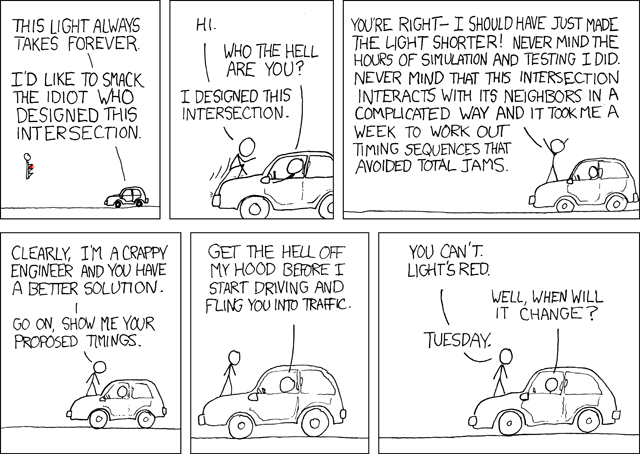Hi all,
There are spots on I-93 in NH in between the northbound and southbound lanes where crews have clearcut absolutely everything. Numerous spots. But then again, there are more spots where they have not.
Does anyone know why they have been clearcutting those particular spots?
Brian
There are spots on I-93 in NH in between the northbound and southbound lanes where crews have clearcut absolutely everything. Numerous spots. But then again, there are more spots where they have not.
Does anyone know why they have been clearcutting those particular spots?
Brian

